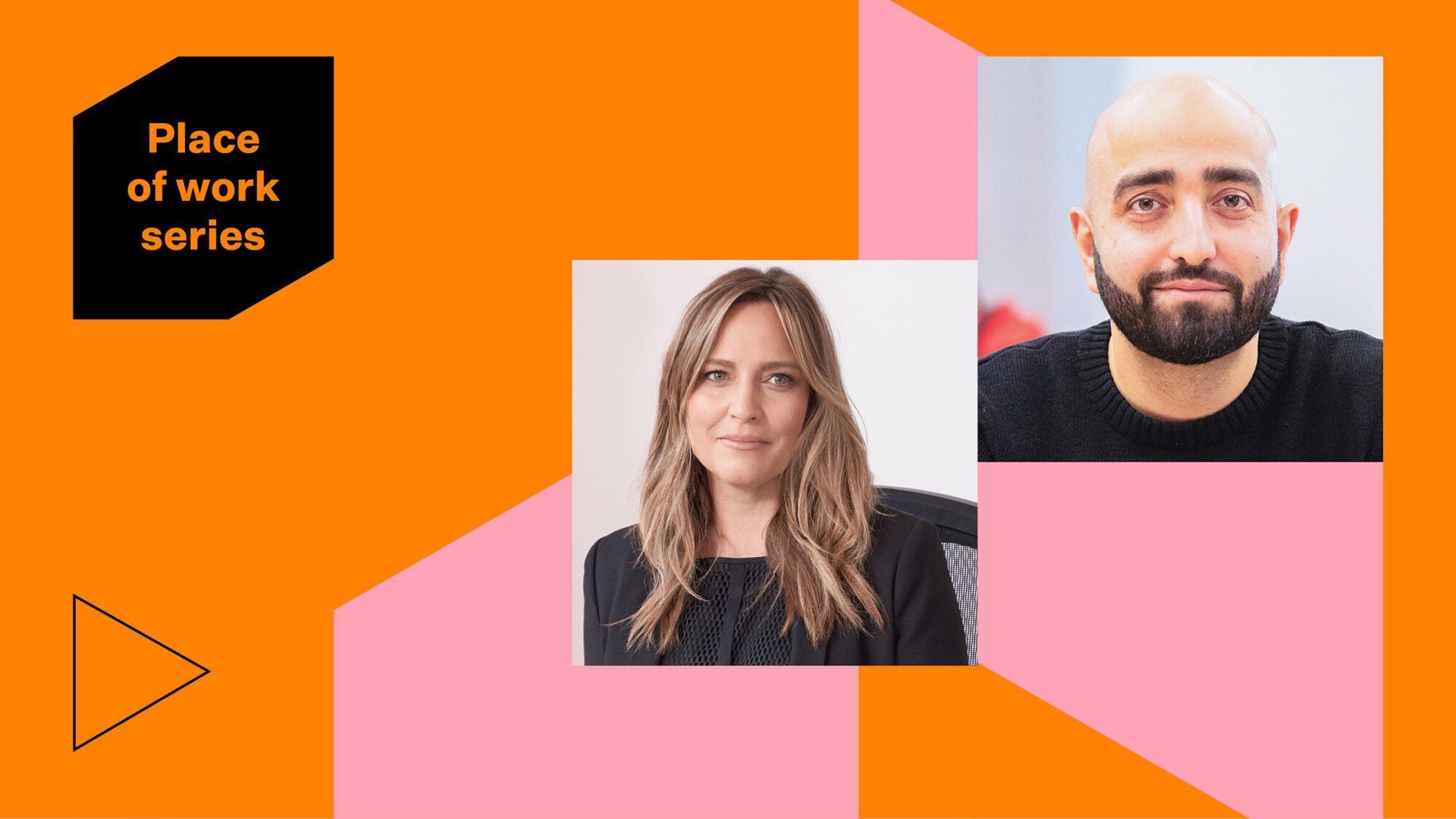










Through the lens of workplace design, we’re offering our perspective on what the future of work looks like and how companies can facilitate workplace innovation in an increasingly ambiguous world.
Most business leaders are hungry for innovation in their workplaces. But today’s rapidly changing realities are more complex than ever. Organisations and companies are being required to pivot at a rate and scale which traditional approaches cannot sustain. For every organisation, the challenges are diverse and require unique solutions to address them.
Leaders need to embrace new approaches to change. Generally, a traditional approach uses a periodic, phased model to bring change to an organisation. Consider a company’s decision to move to a paperless model. The outcome is clearly defined: no paper. It’s relatively straightforward to build a timeline and implement a plan to achieve this aim.
In other cases, organisations need to address a problem without knowing the exact outcome in advance. Solving these challenges requires a fluid, more agile approach. This model is built on the assumption that change is inevitable; organisations must adapt accordingly. Undoubtedly, the definition of success is flexible. In an ambiguous world, there is not one right answer, but a range of outcomes that may effectively address threats and opportunities.
Evidently, preparing for an uncertain future is critical to long-term success. Organisations can ensure future readiness by empowering their people. This helps build a culture that promotes and fosters innovation. To do that, leaders need to:
While these solutions may seem intangible, they are necessary to fostering innovation. But at the end of the day, experience is key. M Moser is committed to guiding and empowering organisations to develop their unique future of work. We design tangible physical environments that support a culture of innovation. We bring this flexible, agile mindset to our own spaces, using them as “living labs” to invent and test new designs and measure the results.
Today it’s more important than ever to connect the work environment and technology to business and employee performance. Understanding the role the workplace serves to support employee and organisational performance is critical for continued future success.
At M Moser, we refer to our own offices as “living labs” and are always trying out different ideas to see what sticks. If we adjust the height and width of a desk, will people work more comfortably? If we adopt a new technology, will people use it?
We encourage all visitors – partners, clients, vendors – to make suggestions about our workspaces and our design concepts. We use this feedback to improve and adapt our ideas. Then collect data to understand the impact of the changes. The last step in this loop of constant iteration is sharing these solutions with our clients to pilot and test in their own work environments.
We can only appreciate the challenges and opportunities of experimentation and innovation when we get right in there and do it. More importantly, people can only learn what their preferences are when they have direct interaction with a built environment. There’s no better way to understand something new than to experience it.
Keep in mind that flexibility in the workplace doesn’t need to be a top-down mandate. It can also be driven by the individuals in an organisation.
Without a sense of control over their space, people can become alienated and isolated in an environment that’s always changing or where they plug in at a new seat every day. Indeed, while there are many benefits of having dynamic communal spaces, one downside of moving away from a traditional workplace setup is that employees no longer have designated desks or cubicles to personalise as they desire.
Avoid negative outcomes by giving employees a measure of control and influence, which helps ensure psychological safety and a sense of belonging. Even something as simple as being able to adjust a desk a few inches or move to another type of workstation can make a meaningful difference.
Other ideas include creating dedicated areas that employees can personalise or breaking spaces up into “neighbourhoods” that support belonging and community. We continue to experiment with these kinds of solutions in our own living labs as well as with our clients all around the world.
Change and evolution are inevitable, but organisations willing to embrace that ambiguity with an agile, innovative, and inclusive mindset are far more likely to succeed. If you’d like to explore how shifting the paradigm developing the workplace can lead to more sustainable, higher performing environments, contact us today.
Group Director
Director